You know how it is… a friend brings over a bottle of something they’ve just purchased-slash-received as a gift-slash-stolen from a third friend’s liquor cabinet. You eye it, knowing you want to study a glass of it and take notes, but that you’d take a ribbing for it if you tried to do so in the presence of your friend. So, you cleverly ask if you can pour out two ounces into a little glass bottle you just happen to have sitting around, cleaned and blank-labelled. Doesn’t everybody have clean little sample bottles just lying around? So you squirrel the sample away and proceed to binge-drink the rest of the bottle with your friends, waking up with no memory whatsoever of the aroma, palate, or finish of the liquid that is now making your head pound. You’ve also forgotten that little sample bottle stashed in your liquor cabinet. Thank God you remembered to label it.
Fast-forward, oh, four years or so and you unearth this little archeological find while trying to squeeze a new purchase into your groaning cabinet. Oops. You forgot to review it. I mean, whisky on the shelf now can’t be that different from bottles sold four years ago, right? (Spoiler: It can.) Surely your readers will forgive a slight gap between the bottling date and the review date, right? (Spoiler: They won’t.) Oh well. Here I go anyway.
I like Talisker. I like it a lot. And, uncharacteristically, I’ve not been totally against releases where they mess with that pure Talisker goodness with wine casks and whatnot. The Distillers Editions from Diageo typically take the big-budget action heroes of the Diageo lineup and then proceed to drown them in sweet wine. Sometimes this works. Sometimes not so much. Here, they take the standard Talisker (aged in ex-bourbon barrels) and finish it in amoroso sherry casks for somewhere around a year. My bottle was distilled in 2002 and bottled in 2013, which means (even without a big number on the front label) that it’s at least 10 years old.
Nose: Exactly what you think it will smell like. Salty, briny, chalky Talisker, complete with briny, seaweed-flecked peat smoke, layered with a blanket of soft red fruits and raisin-y sherry. Some decadent vanilla (like melted ice cream) underlies the two. A rest in the glass improves the integration of these contrasting aromas.
Palate: Talisker’s signature briny peat hits the tongue first, evoking seaspray and driftwood campfires, and the taste of dried saltwater on your lips. This is immediately followed by a wave of jammy sherry, nougat, and grilled fruit (are grilled plums a thing?).
Finish: Long. Again, the two halves of the experience fade in tandem, both raisin-y and smoky, sweet and peat, at the end showing a final oaky drying tannin.
With Water: A few drops of water dampen the peat, and release a fog of vanilla. I’d skip the water.
Overall: A satisfying experience. If you like Talisker (but are not some raving peat purity nut), you are likely to enjoy Talisker sweetened and contrasted with this particular sherry. The pliability of the jammy flavors yield to the harder, aggressive smoke notes, but are not overwhelmed. The smoke, luckily, does not appear to be diminished. This is like seeing a tough, intimidating, macho, alpha male friend petting a froofy dog. The softer side of Talisker, if you will, and one of the relatively few successful marriages of peat and wine that I’ve had. (My recent bottle of Laphroaig Cairdeas is another.) Apologies for the extraordinarily late review, but if you’ve been considering looking at a more recent release of the Talisker DE, you can at least take this review as a baseline. I doubt Diageo has thoroughly screwed up the expression since 2013, right? Right?


About The Distillery
Talisker is located on the lonely Isle of Skye, off the western coast of the Scottish Highlands (included in the “Island” region by owner Diageo). The population there still speaks Scots Gaelic, and Talisker was the only whisky distillery on the island until Torabhaig was built in 2017. But oh, what whisky. Poet Robert Louis Stevenson identified this distillery’s product as a category of its own, and once referred to it as “the king of drinks.” He wasn’t alone. In the James Bond movies, 007 and M can be seen drinking Talisker. Like Bond, Talisker is rough by nature – rocky and influenced by the sea by which it is made. The spring water flows over peat and has a very high mineral content.


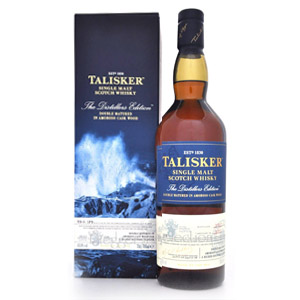
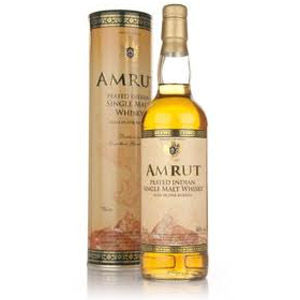
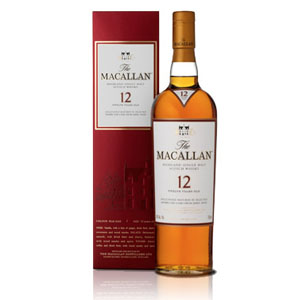
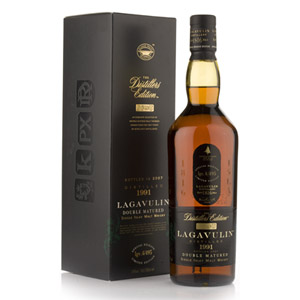
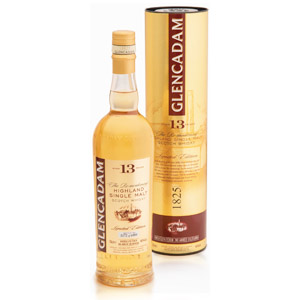
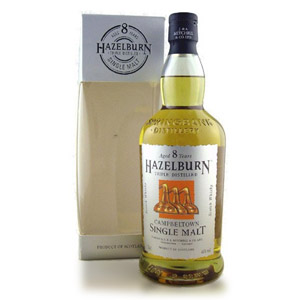
I admit I am not a huge fan of Diageo’s DE offerings. In most cases the DE is worse than the official bottling it deviates from, and the DE is almost always more expensive. The Talisker might be my favorite of the group, but of course it still can’t compare to the stalwart T10. The one varietal that I do think improves upon the original is the Oban DE – the Montilla Fino finish injects just the right amount of fruity influence such that it complements, as opposed to ruins, an otherwise fine product (e.g., Lagavulin).
Your command of the subtleties of taste, sight, smell, and texture, and your ability to reach your reader and define your experiences, are truly amazing. I love your way with words, you had me captivated very quickly!
My only complaint regarding the Talisker DE is that the fruit does overwhelm the cracked pepper note that’s such an endearing feature of the standard 10 year old. But still, a very good dram – a much more intricate and harmonious marriage than Lagavulin and PX sherry.
I love the Talisker DE. In addition to being delicious, it’s one of those whiskies to which I attach a specific memory of a specific night: sitting around a wood fire blazing on my hearth, infant firstborn on my lap, BS’ing with some family late into the night on a cold fall evening right after I finished renovating my basement into the “medieval Irish pub” in 2011.
Great memory. Great whisky.
Although I was disappointed by the Lagavulin DE, I think the Talisker version is a step up from the 10. It may not have a “big number on the front”, but some people think that some whiskies can only be made using the “tool” of NAS anyway, so it’s sometimes difficult to know where they stand on product information in any case. How DID anyone manage to make this without concealing its age? The world may never know.
The DEs (or least the only ones I’ve ever paid attention to, the Talisker and the Lagavulin) both have creation myths of being pretty much the standard bottle (so the 10 or the 16, respectively) with an extra ~1 year of age.
So they’re kinda like the Laphroaig Cairdeas 2015, where’s there a well-accepted account of the age that, nonetheless, is NOT on the label.
I’d certainly prefer the age to be unweaselingly on the label. But if there’s a legit creation myth that everyone seems to accept and I feel pretty confident about what I’m getting, then I don’t worry so much about these “soft NAS” cases. Ideal? No. Better than the likes of Glenlivet Forest Preserve? Yes.
I agree. The info on the DEs, if anything, is better than a simple age statement (distilled in/bottled in dates giving you both the age and the era/vintage of the product), but most of those who aren’t fussy about age statements aren’t usually holding out for better age info as opposed to simply embracing no age info (and/or confusing it with multivintaging) – producers included.
Laphroaig is better than most in terms of information that can be found online, my main problem with it being that no one is legally committed to standing behind it at point of purchase. On the other hand, it remains a mystery why Compass Box and Bruichladdich have to cover their asses with “information upon request” and bottle codes for fear of being accused of “product promotion” when Laphroaig has been flogging similar info online for years (does Laph do this to discourage sales?).
Ironically enough, there is probably nothing that Laphroaig tells you on most its line (so many years in this cask, a few more over there) that couldn’t appear on the label, but vatting recipe info, which is even more detailed, supposedly can’t be printed there.
I have tried this, and I really need to buy a bottle of this. Its fantastic.
I actually prefer this to the 10, probably due to the finish covering up the pepper of the 10, which I find overwhelming. Only DE I buy, as I think you can’t really improve Lagavulin over the 12 & 16 standards, which I find phenomenally good.
It’s my understanding that DE malts can vary substantially year to year. I like my 1999/2015 Lagavulin DE a lot. How does it compare to the “standard” 16? Tough to say. They’re different, but I really enjoy both.
SN, have you tried K&L’s “Old Particular” sherry single cask Talisker 6 year? Seems like it’d be right up your alley with your affinity for Talisker. I saw they had it on sale for $39.
Cheers!
I have one of those in the stash, but I haven’t opened it yet. There are some reviews to be found (on Reddit, I think) and they’re all positive. Worth a spin at $40, to be sure.
If you bought this for $40.00 you should have bought 2. Its over $100.00 CAD here in Edmonton, AB.
What’s your beef with Storm?
Solely reputation. I finally got around to reviewing it today: https://scotchnoob.com/2019/03/04/talisker-storm/
I dont understand why most seem to dislike Diagio’s distillers editions. The Talisker DE is my house scotch and far better than the standard. The DE Lagavulin is one of the best malts out there and even the head bartender at the Lagavulin distillery prefers it. Caol Ila’s DE is better than the standard. Balancing the spice and bite and smoke etc with a sherry finish gives these malts the best of both worlds and the world is better for it!